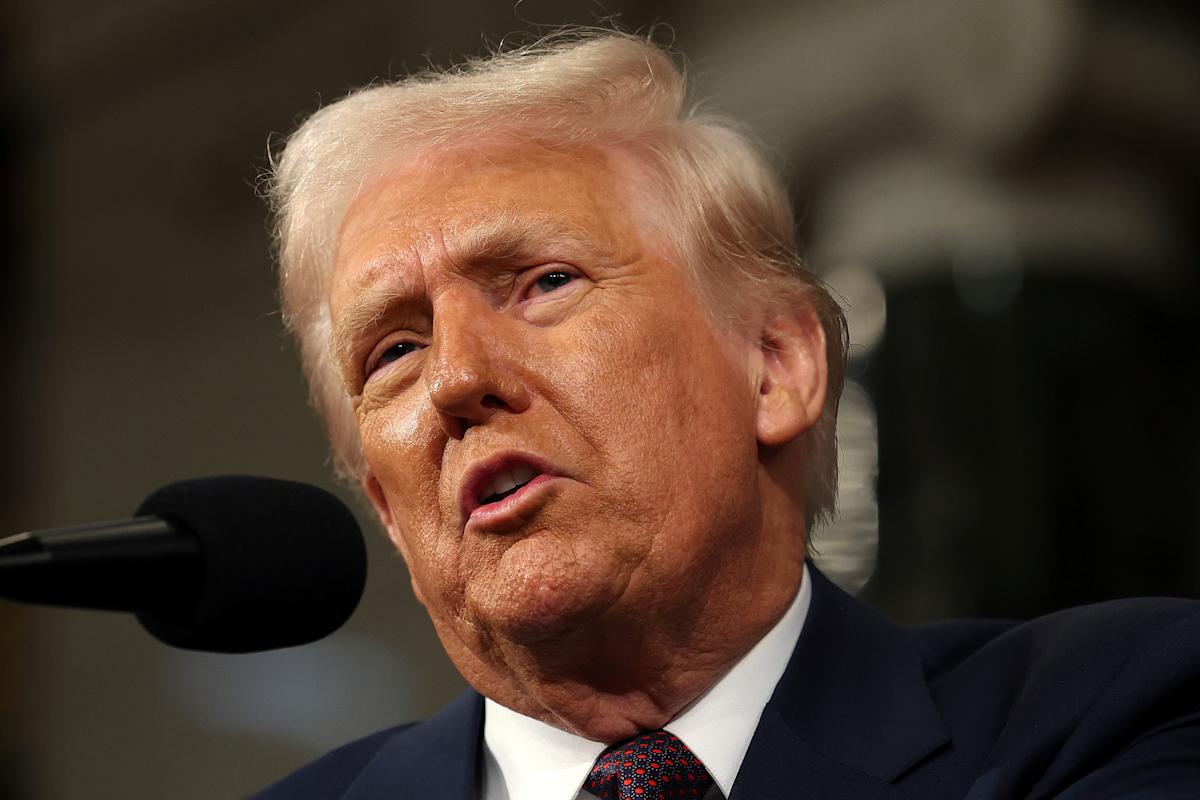Chips and Challenges: Trump's Funding Threat Meets Legislative Complexity

Despite the fanfare surrounding the CHIPS Act, former President Donald Trump's ambitious semiconductor manufacturing plans remain shrouded in uncertainty. While the initiative aims to bolster domestic chip production and reduce reliance on foreign manufacturers, the roadmap is far from clear.
Trump's vision for revitalizing the semiconductor industry faces significant challenges. The complex landscape of technology manufacturing, coupled with intricate global supply chains, presents formidable obstacles. Key questions linger about funding mechanisms, implementation strategies, and the ability to attract major semiconductor companies to invest in U.S. production facilities.
Industry experts remain skeptical about the feasibility of rapid domestic chip manufacturing expansion. The massive capital investments required, coupled with the sophisticated technological expertise needed, mean that Trump's plans could take years—if not decades—to fully materialize.
Moreover, international dynamics, including ongoing tensions with China and competitive pressures from countries like Taiwan and South Korea, add layers of complexity to the proposed strategy. The semiconductor industry's global nature demands nuanced diplomatic and economic approaches that cannot be resolved through simple legislative mandates.
While the intention to strengthen American technological independence is commendable, the path forward remains uncertain. Stakeholders will be watching closely to see how these ambitious plans might translate from rhetoric to tangible industrial transformation.








